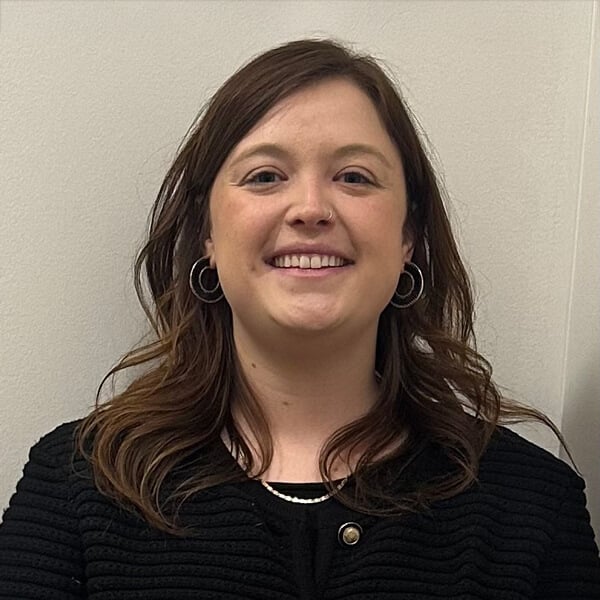In accordance with recommendations from the Association of American Medical Colleges, the Rural Family Medicine Residency program offers virtual interviews to ensure equitable access.
Completed applications are reviewed in September and October with virtual interviews taking place twice a week from October to January.
Our program offers all the academic and scholarly benefits of a world-class, university sponsored program and our collection of urban and rural training sites provide a diverse set of experiences and a wider variety than one might expect. The high-volume training in a large city in year one complements the broad, ambulatory-oriented training in the rural community hospital in years two and three. The diverse training offers the best of both worlds, preparing residents for whichever practice setting they choose.
As a newer family medicine residency program, we are able to provide a resident-centered and community-focused experience that equips trainees with the skills they need to provide full-spectrum family medicine in their communities.
Our program is designed to maximize learning experiences while promoting resident wellness and work-life balance.
There is no overnight call system in the first year. There is, however, a night float system for inpatient medicine, inpatient pediatrics, and obstetrics and gynecology.
In the second and third years, residents take phone call from home in certain rotations for community medicine and also have night float opportunities in inpatient medicine.
During the first year, residents have the opportunity to work alongside internal medicine residents on their inpatient medicine and ICU rotations, providing a robust and collaborative inpatient medicine learning experience. In addition, year 1 residents rotate with residents in inpatient pediatrics.
In years 2 and 3, residents work alongside rural psychiatry residents in their behavioral health rotations and in their continuity clinic to model a collaborative approach to care for a rural patient population.
All residents participate in a weekly didactic session. These four-hour teaching sessions include formal didactics, hands-on workshops, case-based discussions, simulation in one of our modern simulation centers, journal clubs, quality and safety conversations, resident discussion forums and wellness activities. In addition, residents participate in board review and preparation sessions, health systems practice management and interdisciplinary work rounds.
Adhering to our mission to train holistic family physicians that are able to practice in rural and underserved areas, we provide an array of urban and rural opportunities for obstetrics. Our residents partake in two months of obstetrics in year 1 as part of an apprenticeship model that includes inpatient and outpatient OB. In years 2 and 3, our residents are provided an opportunity to pursue longitudinal obstetric care and management of patients. Residents are encouraged to explore numerous elective opportunities including neonatal intensive care as well.
All residents are trained in standard dermatologic, gynecologic and orthopedic procedures. Our faculty works with residents interested in more specialized procedures to ensure that they get the training they need whether through elective rotations or enhancement of standard experiences.
3rd and 4th-year medical students rotate through inpatient medicine service at St. Vincent’s Medical Center in Bridgeport, CT and Charlotte Hungerford Hospital in Torrington, CT as well as the outpatient clinic in Winsted, CT. Residents can work with students in these areas and can also become more involved through electives in academic medicine through the Netter School of Medicine.
Residents within the Rural Family Medicine Residency program enjoy a healthy compensation package including but not limited to a bi-weekly salary, paid time off, medical, dental and vision insurance, long-term disability insurance, basic life insurance, accident insurance, an employee assistance plan, access to a retirement plan and much more.
Our leadership places a premium on residents who are interested in influencing and shaping our residency program. The Rural Family Medicine Program seeks out residents who want to have a direct impact on the growth and development by providing regular feedback to program leaders.
Our program offers residents the opportunity to work with a range of underserved populations in both urban and rural areas. In year 1, residents train in Bridgeport, one of the largest and most ethnically diverse cities in the state of Connecticut. Around 65% of the population of Bridgeport identifies as non-White and almost 50% of the residents speak a language other than English at home.
In years 2 and 3, residents train in a more rural area in northwest Connecticut. Residents attend to a mix of individuals who have lived their entire lives in the area along with people who have moved to the area recently for affordable housing and beautiful surroundings.
Our program recognizes that medical education must be built on a strong scientific foundation. Our faculty and residents engage in scientific research projects and scholarly work for the purpose of improving well-being and reducing the burden of illness in rural and underserved communities. Residents are expected to generate at least two scholarly products before graduation, including at least one quality improvement project. In addition, our program collaborates with neighboring residency programs in scholarship dissemination and celebration.
Residents receive frequent and timely formative feedback within each rotation. In addition, residents receive summative, milestone-based assessments from attendings along with 360-degree evaluations from peers and staff. These reports are collated for the purposes of individualized learning plans and advisor-advisee meetings to facilitate each resident’s professional and personal growth.
Yes! The areas where our residents live and work are safe and affordable, with top-quality schools and ample opportunities for family-friendly outdoor activities such as hiking, swimming and fishing.
Weekend and day trips are easy to accomplish in New England. Bridgeport, CT is approximately 1.5 hours from New York City and 2.5 hours from Boston, MA. Torrington, CT is less than a three-hour drive from both destinations as well. Additionally, these areas are close to hiking and skiing in Connecticut, western Massachusetts, Vermont and New Hampshire. Connecticut’s beaches, casinos, vineyards, breweries and museums are an even shorter drive away.
Yes, all residents must pass Step 3 in order to be promoted to PGY-3.

